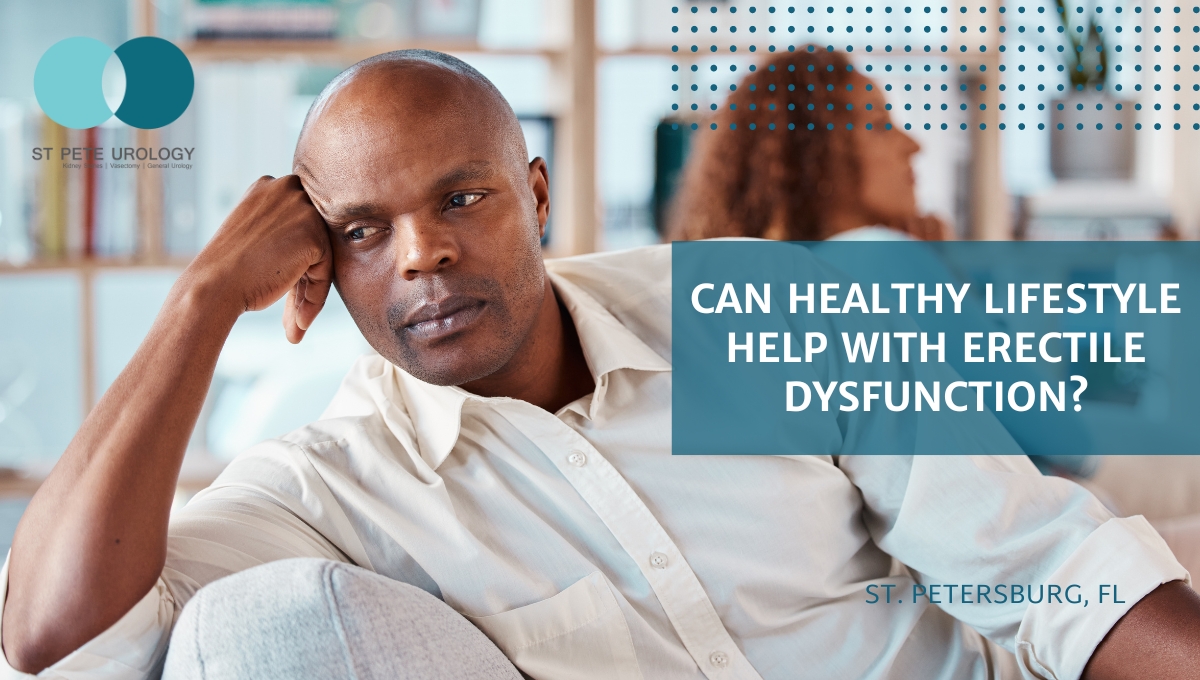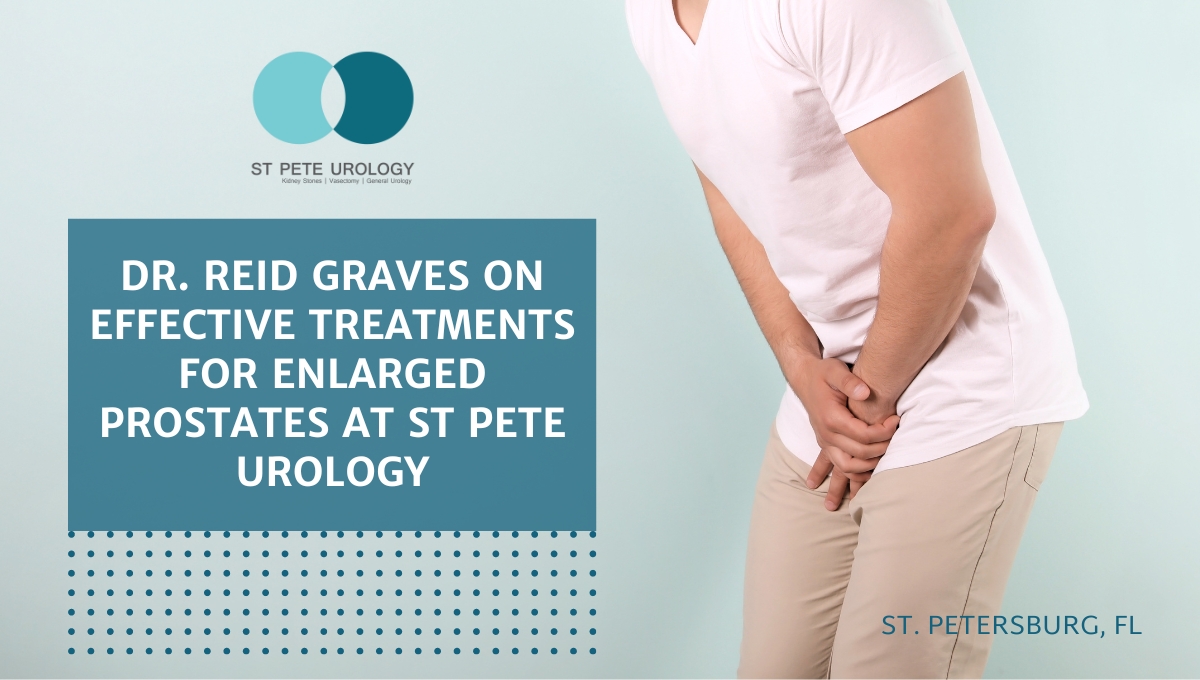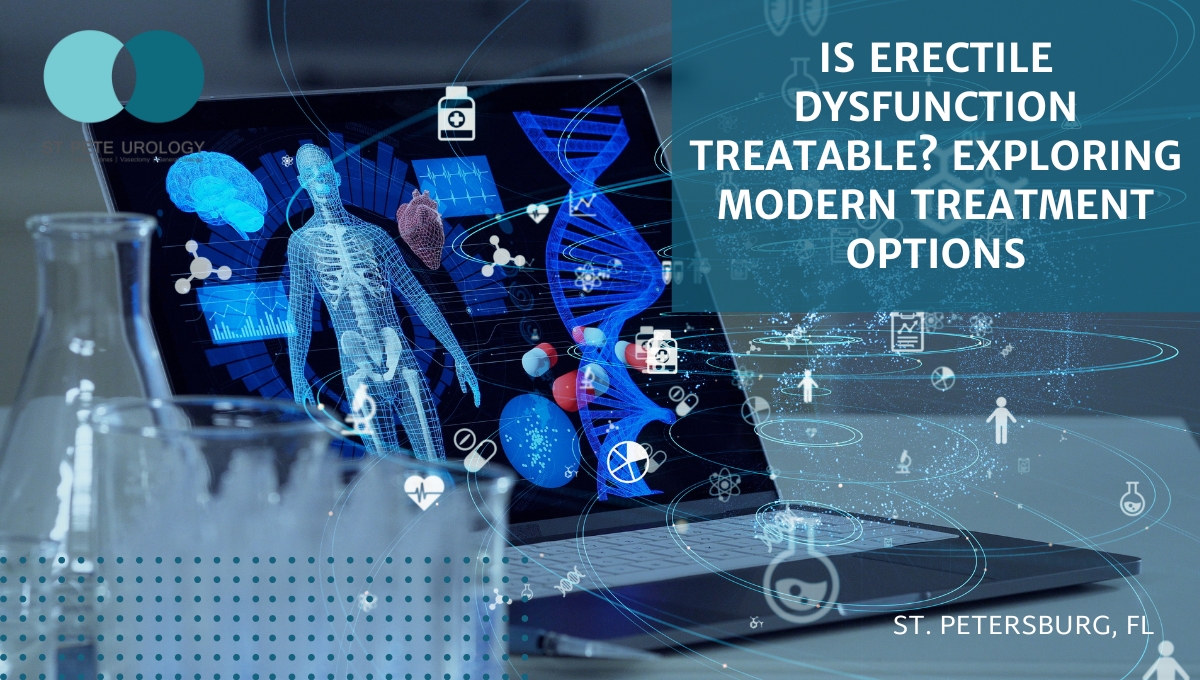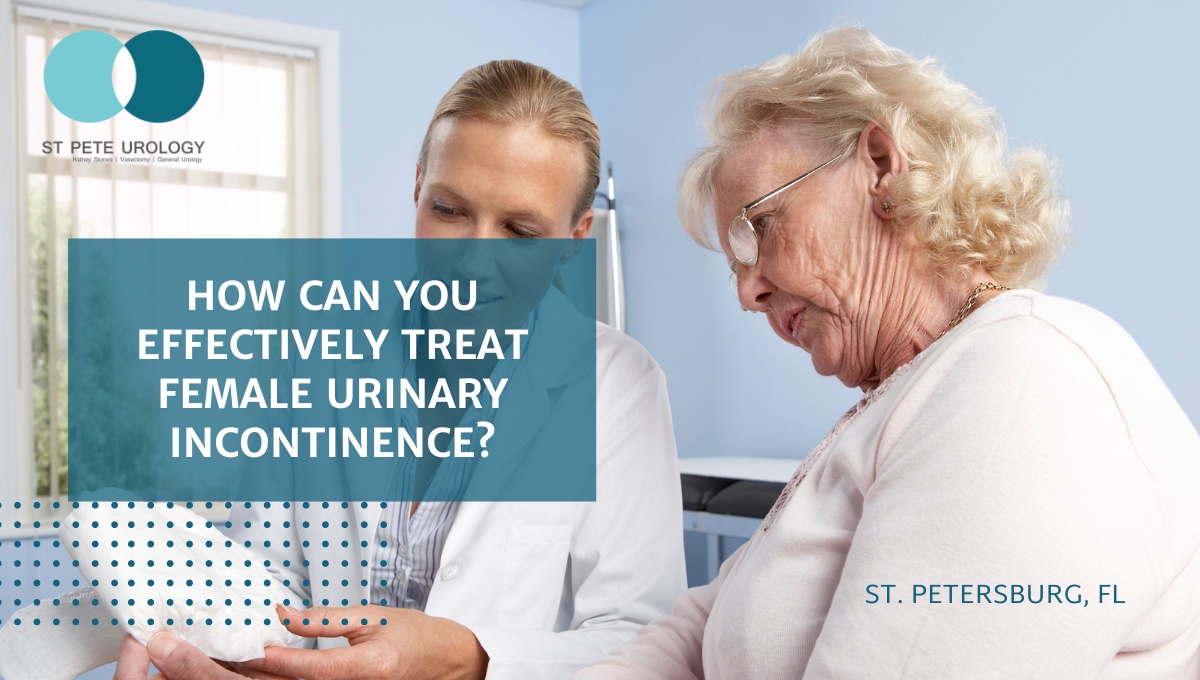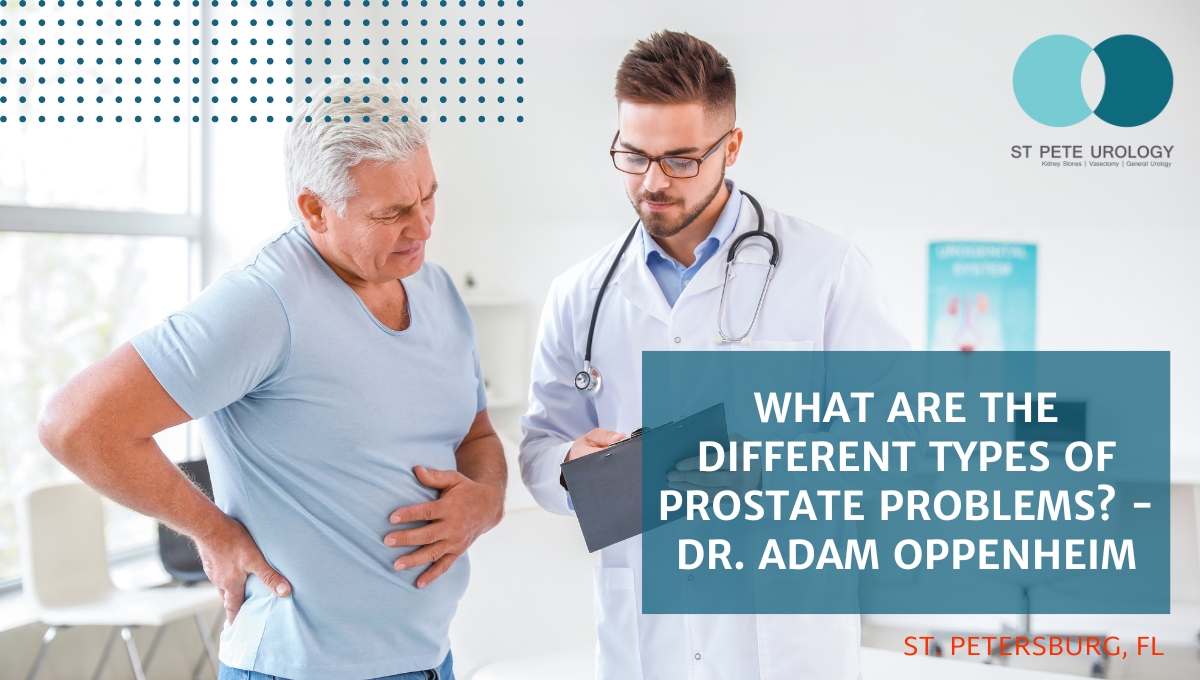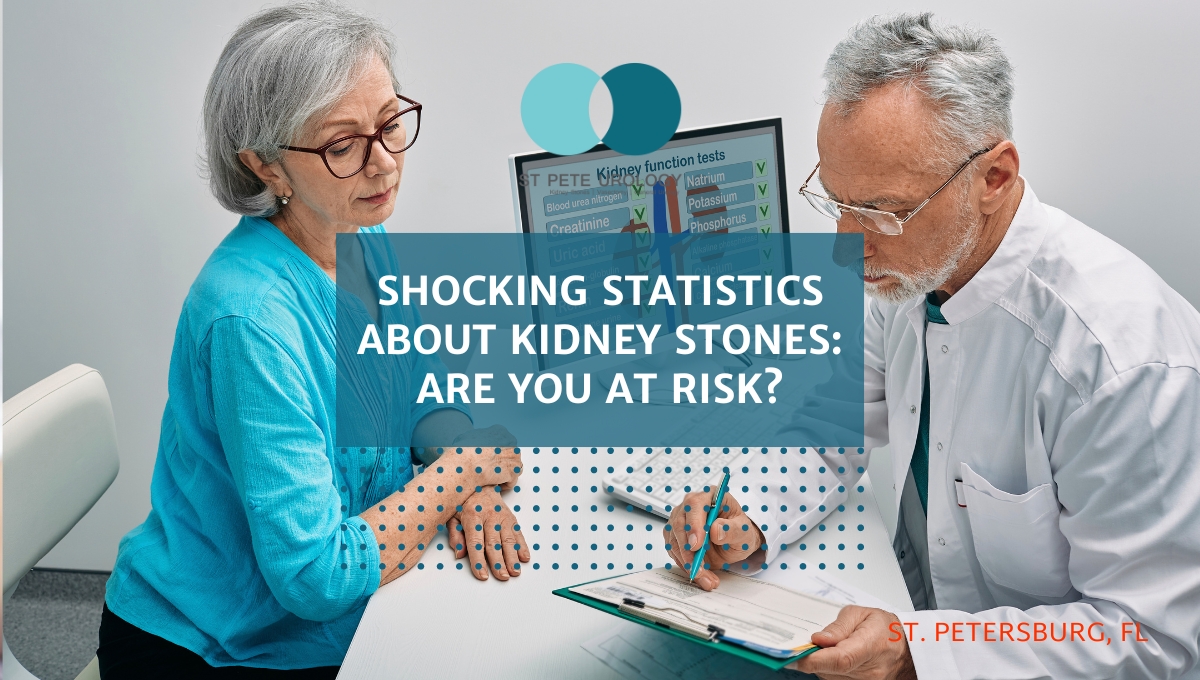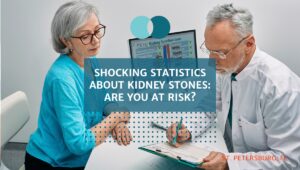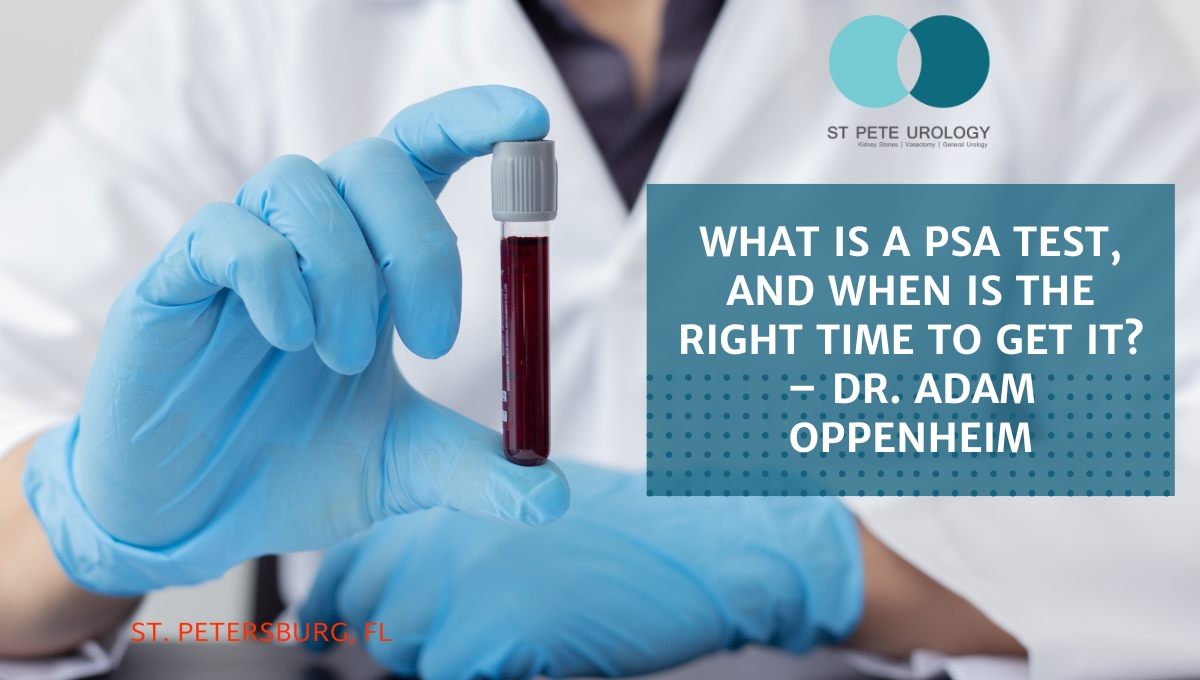Key Takeaways:
- Unhealthy habits can significantly contribute to erectile dysfunction, while healthy habits like regular exercise, a balanced diet, and stress reduction techniques can reduce symptoms.
- Consult with a qualified medical professional to discuss potential treatments for erectile dysfunction, such as medications, acupuncture, or herbal supplements.
- St Pete Urology in St Petersburg, FL, offers comprehensive care and can help you explore the best treatment options for your specific situation.


The Link between Lifestyle and Erectile Dysfunction
Unhealthy habits can be a significant contributing factor to erectile dysfunction. For example, a diet high in processed and fatty foods can lead to weight gain and obesity, which, in turn, increase the risk of developing ED. In contrast, regular exercise can improve blood flow and overall cardiovascular health, which is crucial in achieving and maintaining erections.
Moreover, excessive alcohol consumption and smoking have been directly linked to erectile dysfunction. Alcohol is a depressant that can interfere with sexual function, while smoking reduces blood flow, which is essential for strong erections.
Implementing a Healthy Lifestyle
To make the most of your efforts in improving your erectile dysfunction, consider adopting a healthier diet. Focus on consuming more whole, unprocessed foods such as fruits, vegetables, lean meats, and whole grains. Limit your intake of unhealthy fats and sugars, which can contribute to weight gain and increase the risk of developing ED.
Regular exercise should be a part of your daily life, aiming for at least 150 minutes of moderate physical activity each week. Exercise has numerous benefits for those with erectile dysfunction, including increased blood flow, improved cardiovascular health, and reduced stress levels.
Incorporate mindfulness and stress reduction techniques into your schedule. Chronic stress can exacerbate erectile dysfunction, and practicing techniques such as deep breathing, meditation, or even yoga can help to alleviate stress and improve your overall well-being.
Other Approaches to Treating Erectile Dysfunction
While lifestyle changes can play a pivotal role in improving erectile dysfunction, it’s essential to remember that other treatments may help. Consult with a urologist to discuss your options. Medical treatments, such as medications like Viagra or Cialis, can be prescribed to help alleviate your symptoms. Alternatively, some men find success with treatments like acupuncture or herbal supplements. However, it’s essential to speak with a healthcare professional before starting any new treatments.
Conclusion
The connection between a healthy lifestyle and improved erectile dysfunction is undeniable. By adopting healthier habits such as a balanced diet, regular exercise, and stress reduction techniques, you can make a positive impact on your ED symptoms. However, if you’re still struggling or want to explore additional treatment options, it’s essential to consult with a qualified medical professional.
If you’re in the St. Petersburg, FL, area and looking for a urologist to help you address your erectile dysfunction, consider reaching out to St Pete Urology. Their team of experts is dedicated to providing comprehensive care and can help you explore the best treatment options for your specific situation. Don’t let erectile dysfunction hold you back – take control of your health today with the help of St Pete Urology.
References:
- “Erectile Dysfunction Risks No One Talks About – Everyday Health.” https://www.everydayhealth.com/erectile-dysfunction-pictures/erectile-dysfunction-risks-no-one-talks-about.aspx.
- “Erectile dysfunction: Nonoral treatments – Mayo Clinic.” 21 Jun. 2023, https://www.mayoclinic.org/diseases-conditions/erectile-dysfunction/in-depth/nonoral-erectile-dysfunction-treatments/art-20045578.
- “Erectile dysfunction diet: 12 foods that help ED – SingleCare.” https://www.singlecare.com/blog/erectile-dysfunction-diet/.

